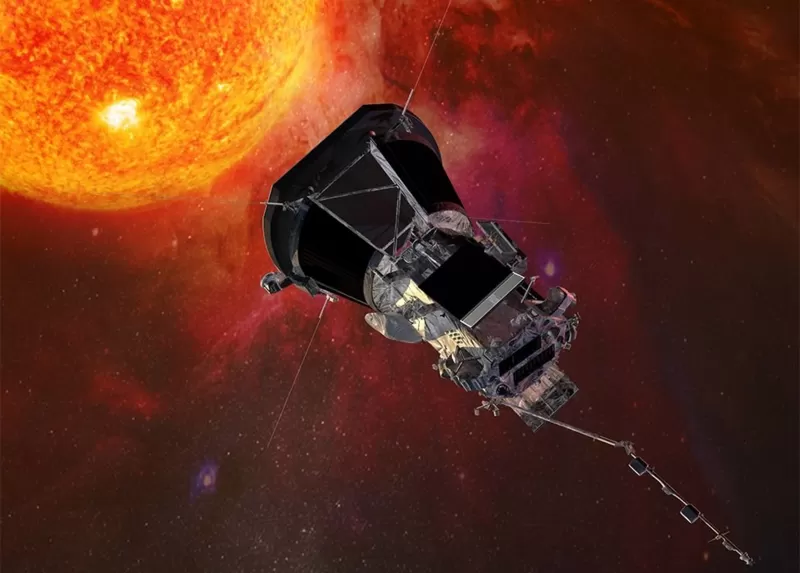For the first time in history, a spacecraft named Parker has made history by passing through the outer atmosphere of the sun. The US space agency NASA has called it a historic occasion.
The Parker Solar Probe briefly dived into the region around the sun. This region is called Corona.
The spacecraft did so in April, but an analysis of the data has now confirmed that. For this work, Parker had to endure extreme heat and ultraviolet rays, but it has given scientists new information about how our sun works.
Nicola Fox, director of NASA’s Heliophysics Science Division, which is responsible for research on the sun, says: There is a great chance that we will get important information about our nearest star and its effects on the solar system.
The Parker Solar Probe is the space agency’s most ‘missionary’ mission ever built.
Launched three years ago, the spacecraft aims to pass in front of the sun repeatedly and closer and closer.
The speed of this spacecraft is surprisingly fast. It travels at speeds of up to 500,000 kilometers per hour, and the strategy is to get into the sun’s atmosphere immediately and exit immediately, while hiding behind its thick heat shield to protect itself from the heat with its various devices. Collect data.
On April 28 this year, Parker crossed the line called Elfoin, which is the outer boundary of the Sun’s outer atmosphere Corona. This is where the material, which is usually bound by the sun’s gravity, and the magnetic waves release themselves from gravity and go out into space.
Parker noticed this line 13 million kilometers above the surface of the sun’s visible photosphere.
According to Stuart Bell of the University of California, Berkeley, the spacecraft’s data showed that it passed three times above and below the line in five hours.
“We have seen the situation change completely,” he told reporters. Inside the corona, the sun’s magnetic field was very strong and there it dominated the movement of particles. So the spacecraft was surrounded by material that was actually attached to the sun.

